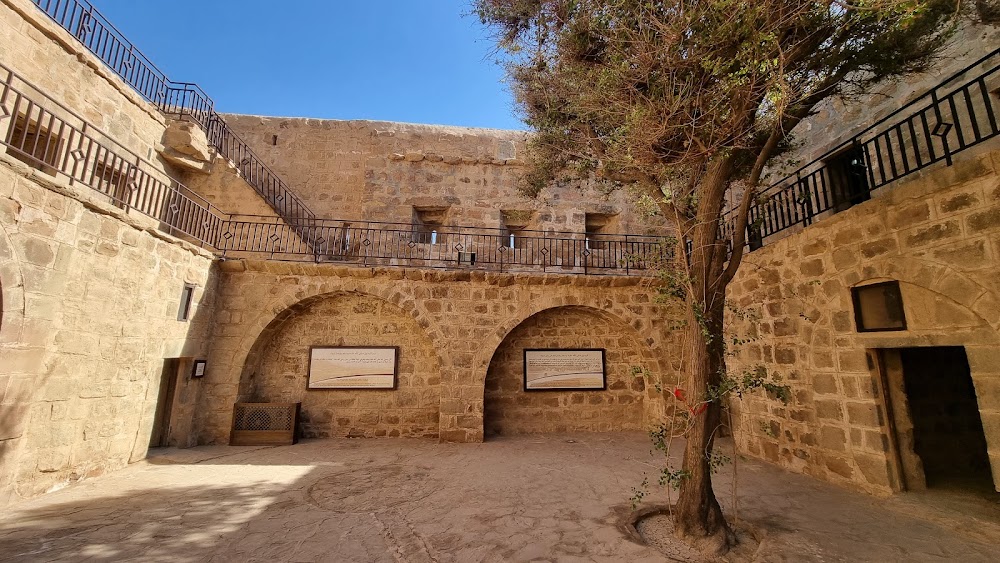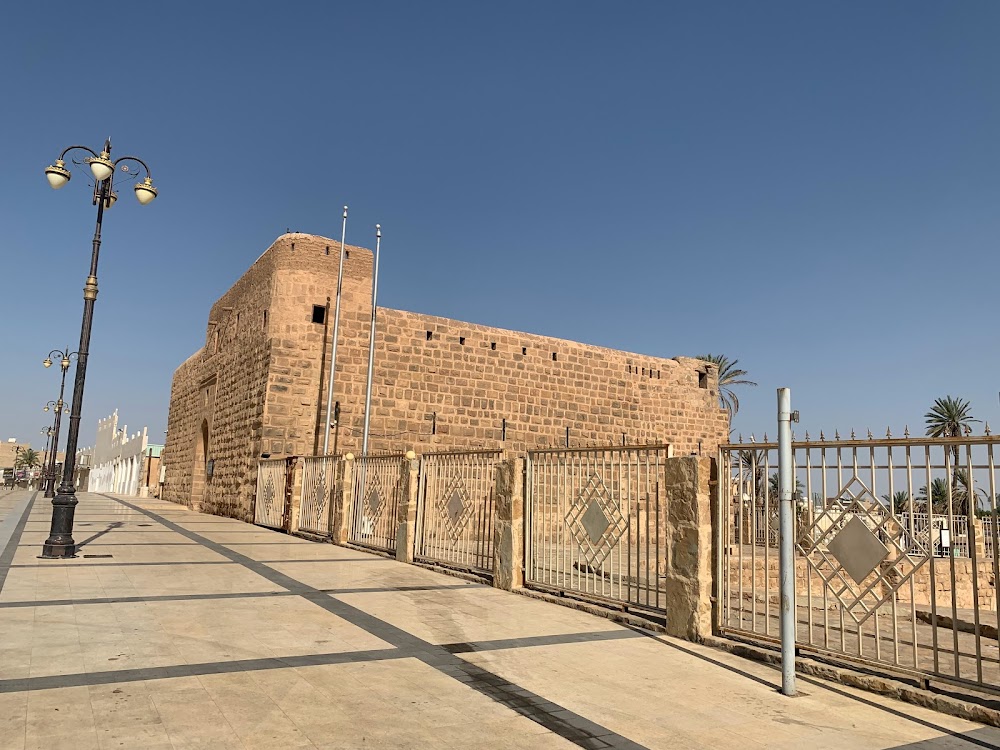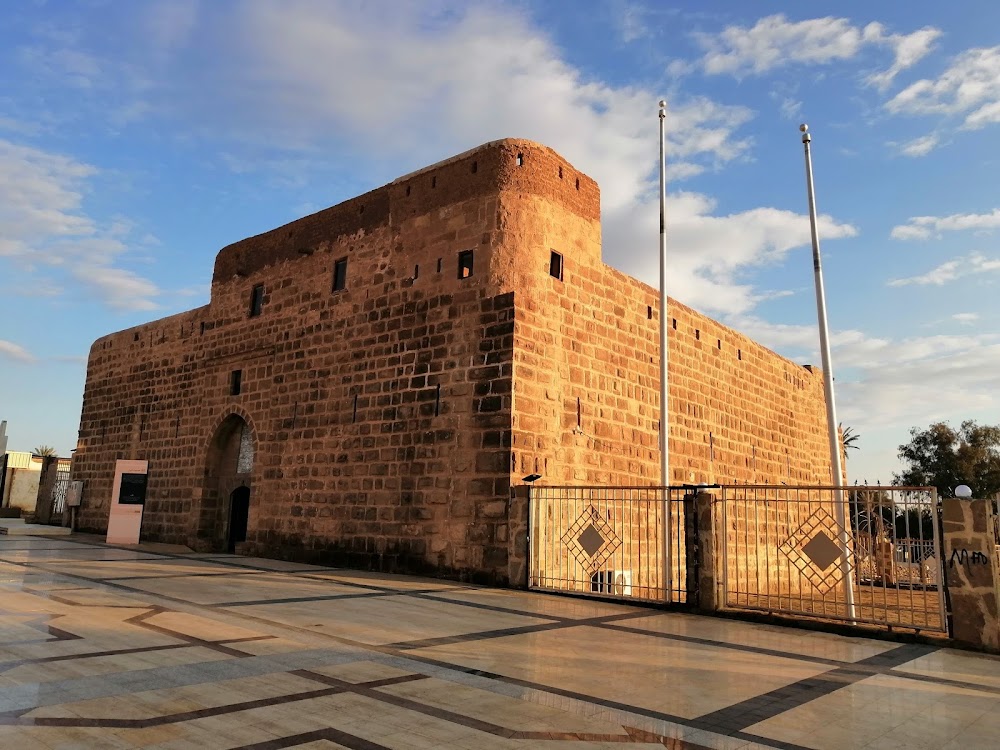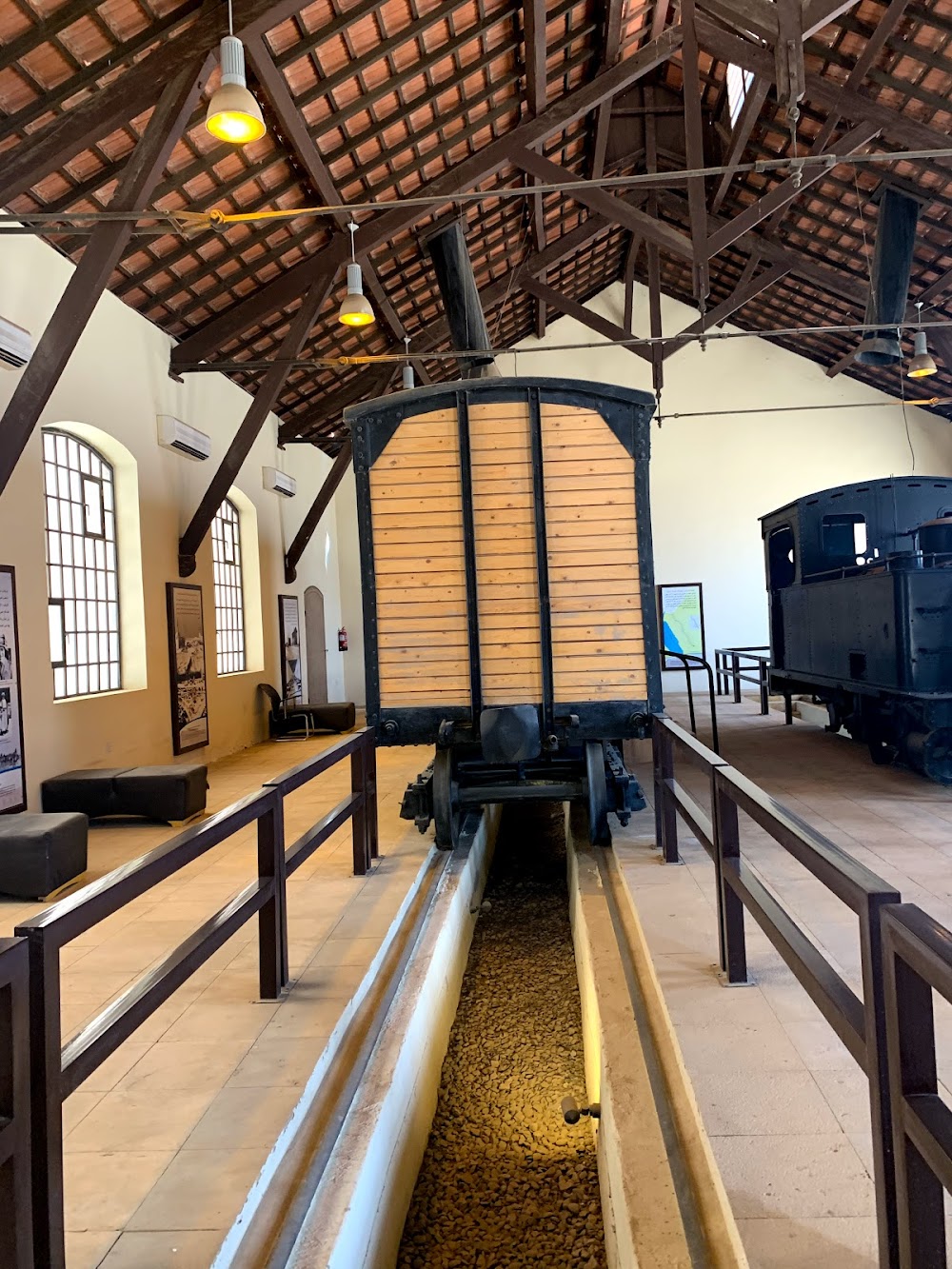Tabuk Museum (متحف تبوك)
Overview
The Tabuk Castle, home to the Tabuk Museum, stands proudly as a significant historical landmark in the lively city of Tabuk, Saudi Arabia. This ancient fortress, known in Arabic as قلعة تبوك الاثرية, was originally built during the Ottoman Empire in 1559 AD. It served as both a protective stronghold and a vital resting point for pilgrims making their way to the sacred city of Mecca.
Constructed with traditional building techniques, the castle boasts robust stone walls, wooden beams, and mud bricks. Its strategic design features watchtowers, guard rooms, and supply storage areas, all reflecting its dual purpose of defense and accommodation for travelers on the pilgrimage route. Over the centuries, the castle has undergone various renovations, each restoration carefully preserving its historical integrity while reinforcing its architectural structure.
In modern times, acknowledging its cultural and historical significance, the Saudi government has transformed this ancient fortress into the Tabuk Museum. This initiative is part of a broader effort to safeguard and promote the rich heritage of the region. Extensive restoration work was conducted to ensure that the castle’s original architecture remains intact while adapting the space for its new role as an educational and cultural center.
Inside the museum, visitors can discover a fascinating collection of artifacts that provide insight into the region's past. The exhibits include ancient manuscripts, traditional tools, and relics that narrate the history of Tabuk. Arranged chronologically, the displays highlight significant periods in the area’s development, guiding visitors on a historical journey.
One of the museum's main attractions is its detailed models and replicas that illustrate the historical pilgrimages that traversed Tabuk. These exhibits showcase traditional routes, caravanserais, and the interactions between diverse cultures and civilizations that met in this pivotal region.
The museum goes beyond housing physical relics; it incorporates modern technology to enrich the visitor experience. Interactive displays, audio guides, and digital archives invite guests to engage deeply with the stories and history contained within the castle walls.
The surrounding grounds of the castle have been thoughtfully landscaped to create a peaceful environment for reflection. Beautifully designed paths and gardens offer visitors a serene space for contemplation and education, enhancing their overall experience in this open-air setting.
Today, the Tabuk Museum serves not only as a historical monument but also as a dynamic cultural site where history vibrantly comes to life through engaging exhibits and well-preserved architecture. It attracts tourists, historians, and locals alike, all eager to connect with the rich tapestry of Saudi Arabian history preserved within its walls.
The transformation of this ancient fortress into a museum exemplifies Saudi Arabia's commitment to preserving its heritage while making it accessible and informative for future generations.







